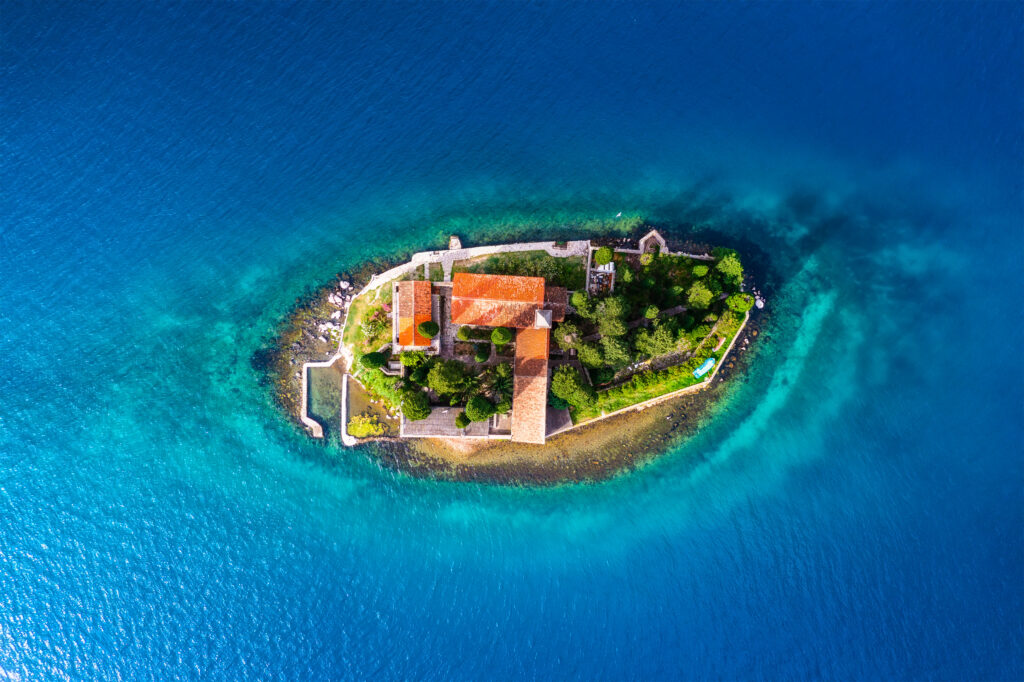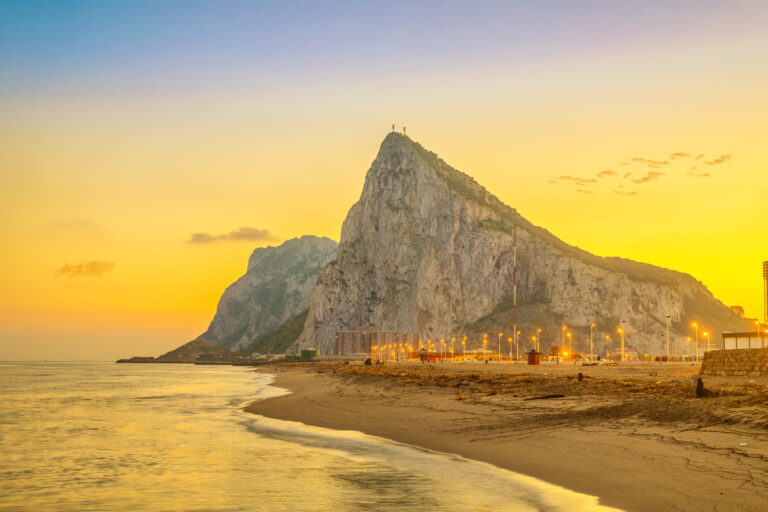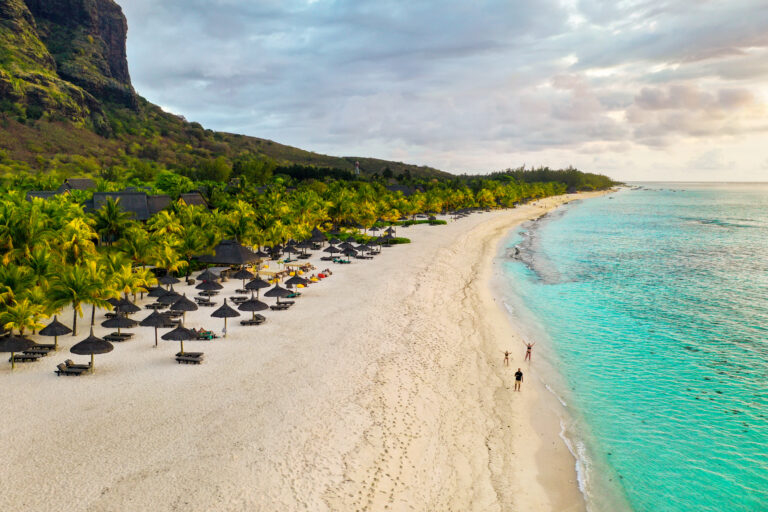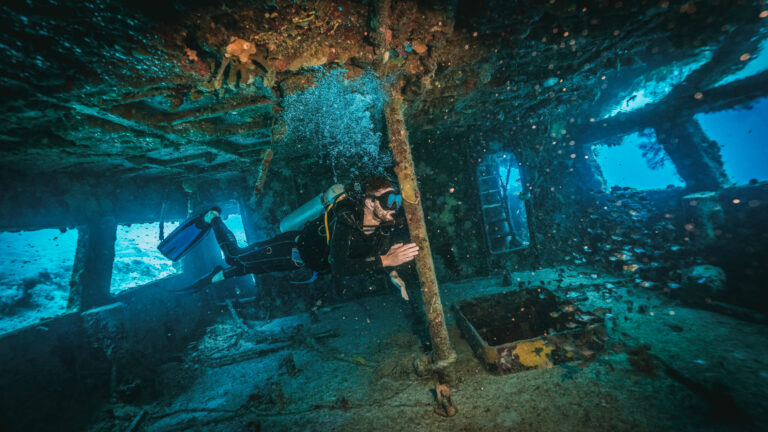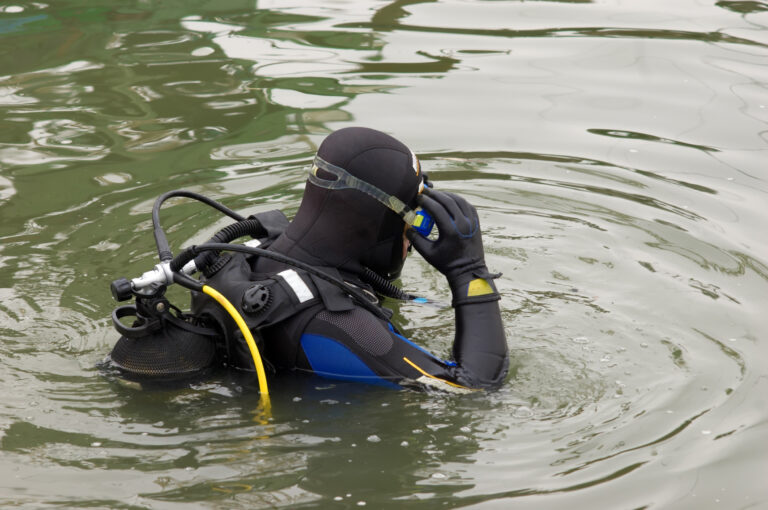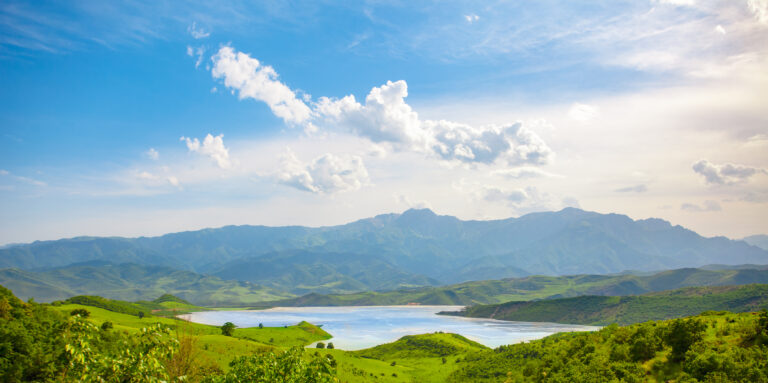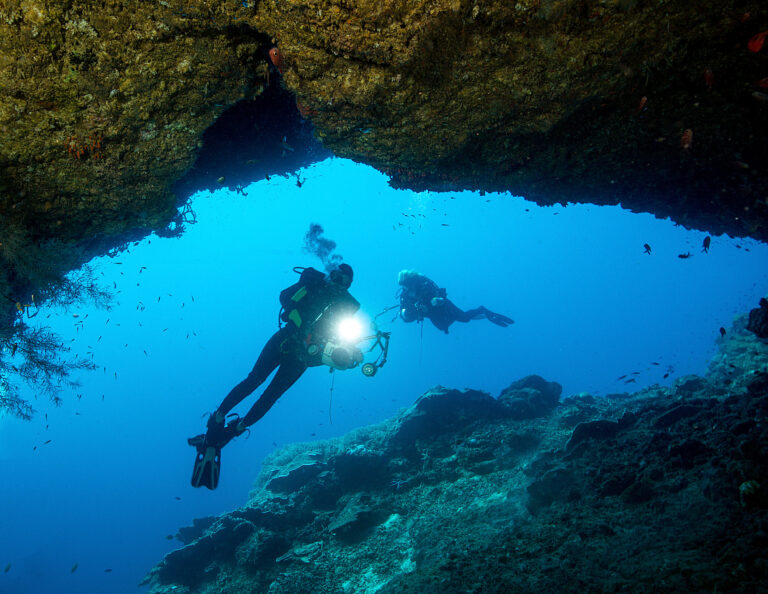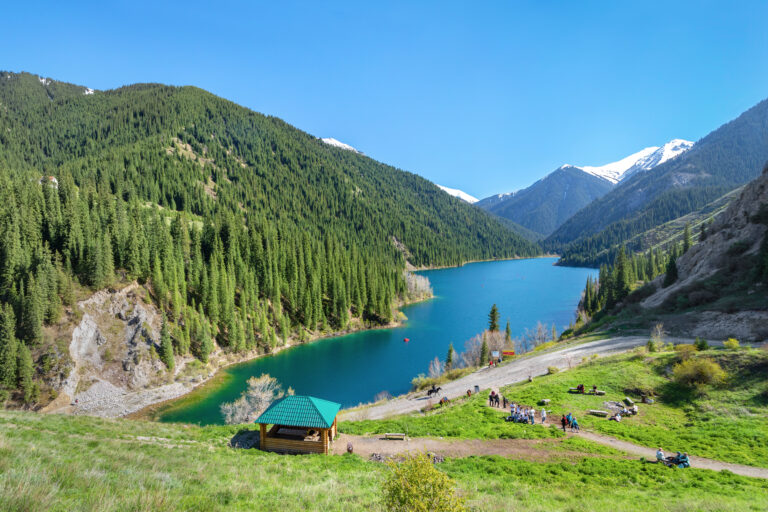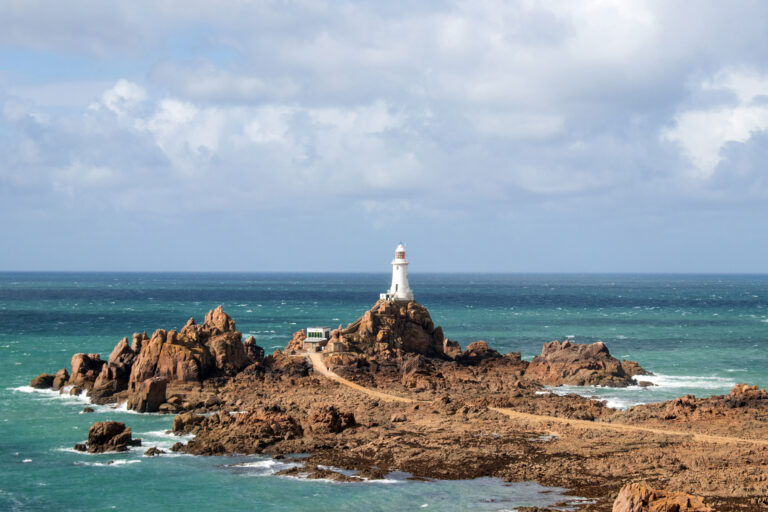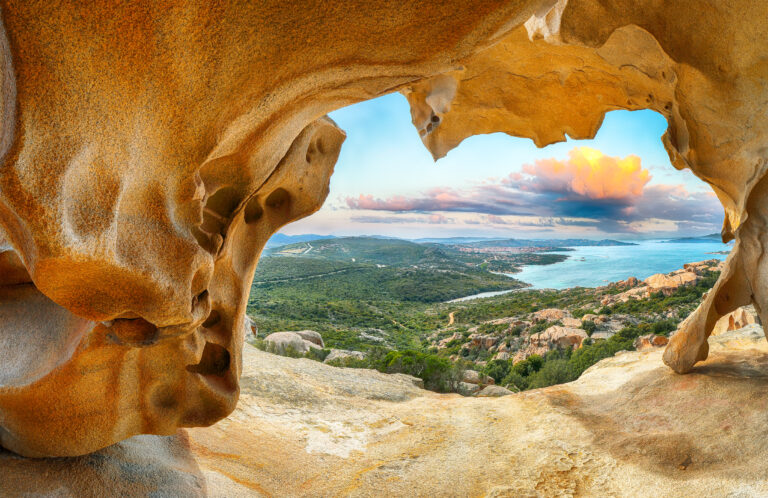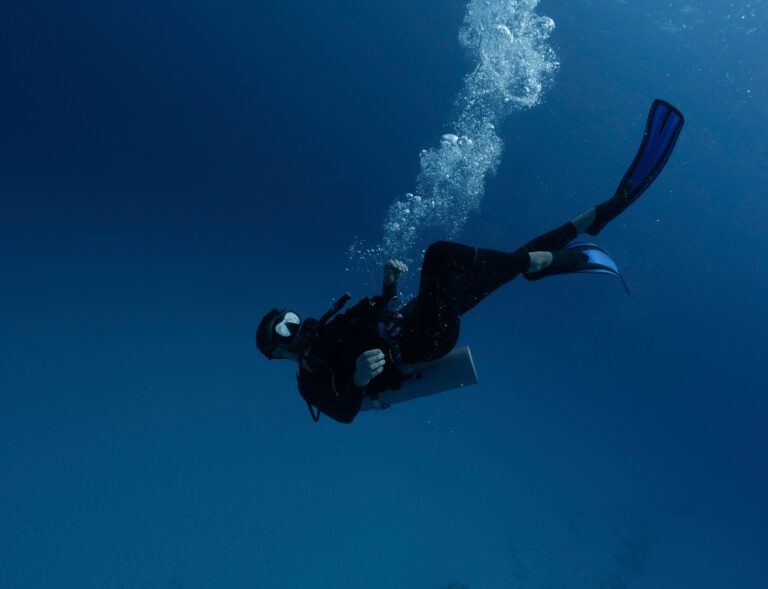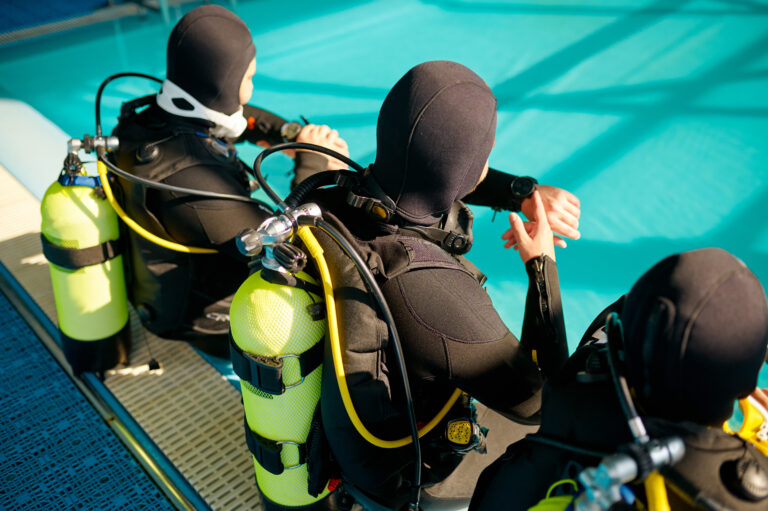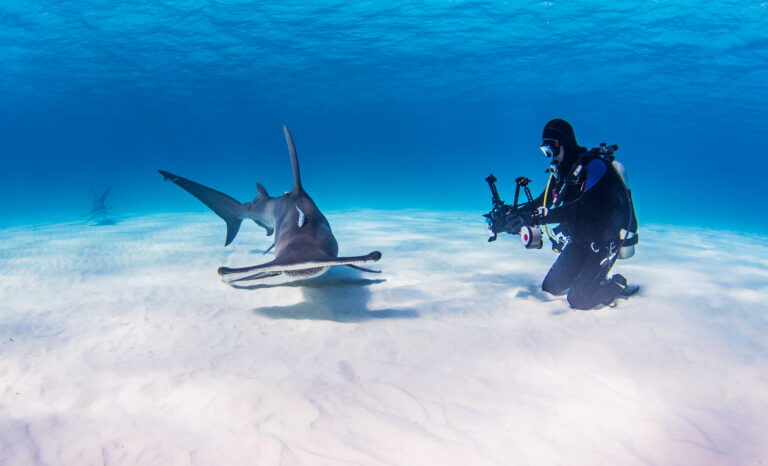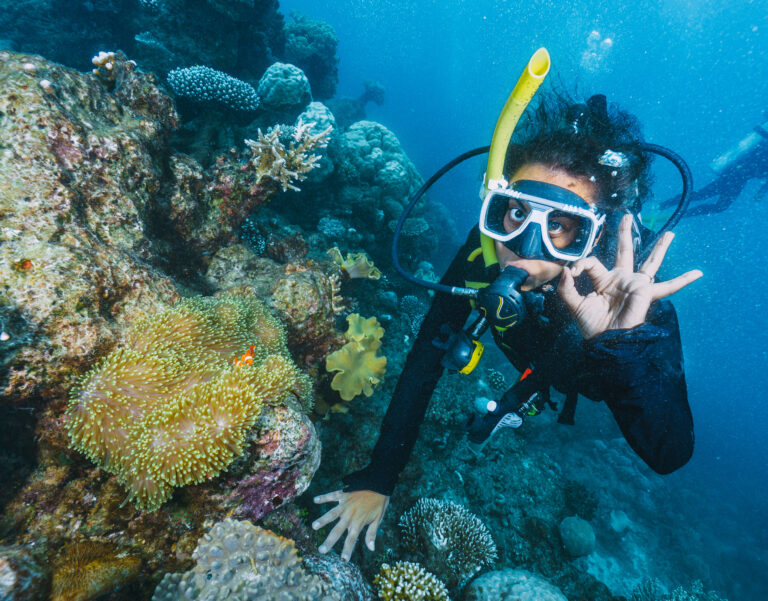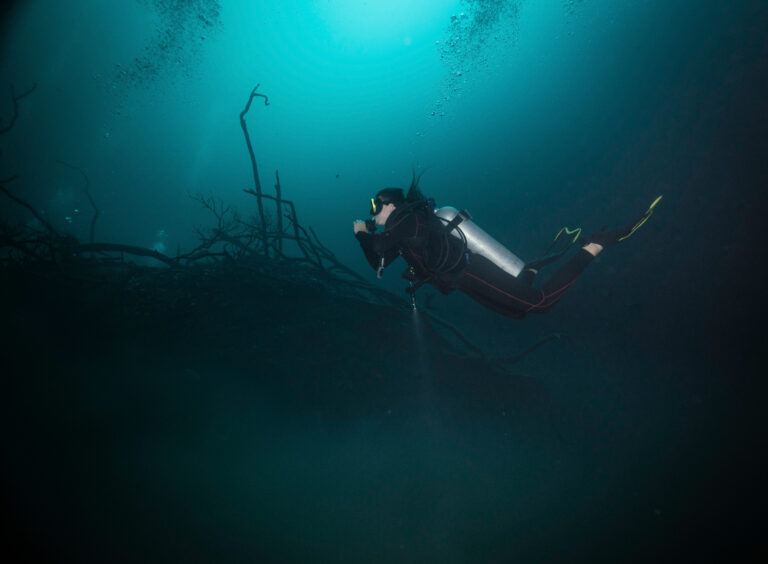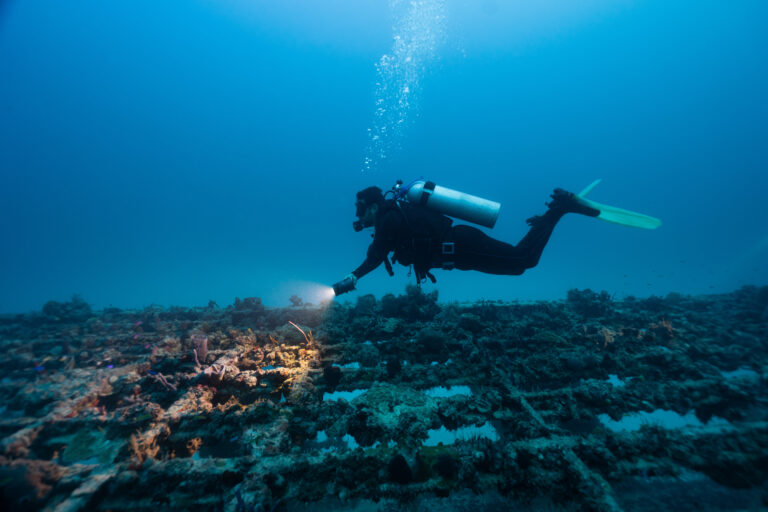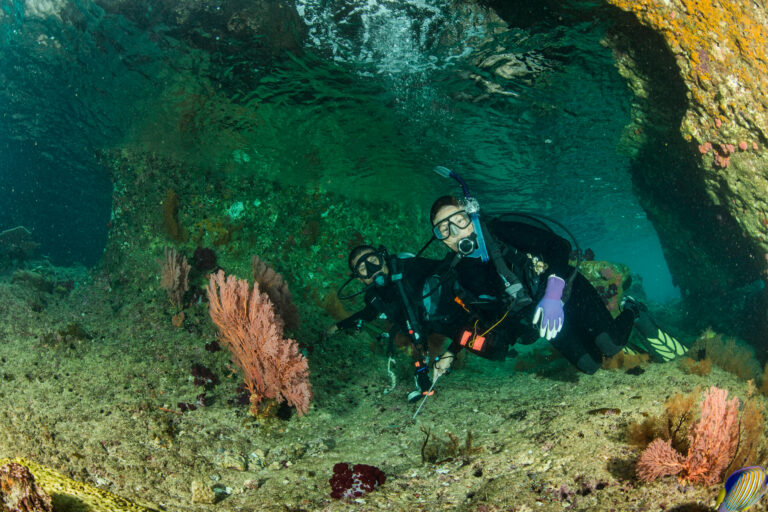SCUBA DIVERS’ TRAVEL GUIDE TO Montenegro
If you are looking for a hidden gem of scuba diving in Europe, look no further than Montenegro. This small country on the Adriatic Sea offers a stunning variety of dive sites, from coral gardens and caves to wrecks and underwater cliffs. Montenegro is a paradise for divers who love to explore the rich marine life and history of this region. You can dive with schools of fish, octopuses, nudibranchs, seahorses, and more, as well as admire the colorful corals and sponges that decorate the underwater scenery. Montenegro also has some of the best visibility in the Mediterranean, ranging from 15 to 35 meters. Whether you are a beginner or an advanced diver, you will find something to suit your level and interest in Montenegro. You can choose from a range of PADI courses and dive shops, or join a liveaboard for a more immersive experience. Montenegro is a destination that will surprise and delight you with its beauty and diversity. Don’t miss this opportunity to discover one of the best kept secrets of scuba diving in Europe!
LOCATION AND GEOGRAPHY
Nestled along the picturesque Adriatic coast, Montenegro is a hidden gem for scuba diving enthusiasts seeking a blend of historical intrigue and natural beauty. This Balkan nation boasts a compact yet diverse geography, with a coastline stretching approximately 293 kilometers, offering an array of underwater landscapes. From the serene Bay of Kotor, a UNESCO World Heritage site resembling a Norwegian fjord, to the open Adriatic where steep, rocky walls descend into the deep blue, Montenegro’s underwater terrain is as varied as it is enchanting. Divers can explore a multitude of sites, including caverns, canyons, and wrecks dating back to World War II. The relatively unspoiled marine environment, coupled with the country’s commitment to preserving its natural and cultural heritage, makes Montenegro’s underwater world a captivating destination for divers of all levels.
VISA AND ENTRY REQUIREMENTS
Before embarking on your underwater adventure in the stunning coastal waters of Montenegro, it is essential to ensure that your travel documents are in order. Visitors from the EU, the US, Canada, Australia, and many other countries can enter Montenegro without a visa for stays of up to 90 days within a 180-day period. However, it is always advisable to check the latest visa requirements with the Montenegrin embassy or consulate in your home country prior to your trip, as visa policies can change. Upon arrival, ensure your passport is stamped by immigration authorities, as the absence of an entry stamp could lead to difficulties when departing. Keep in mind that a valid passport is required, with at least 90 days remaining beyond your intended stay. For those who may require a visa, applications should be made in advance and typically involve providing proof of return or onward travel, accommodation arrangements, and sufficient funds for the duration of the stay. Always carry a copy of your passport and entry stamp while diving and exploring Montenegro, as local laws mandate that you have proof of identity on you at all times.
GETTING TO Montenegro
Getting to Montenegro for an unforgettable scuba diving adventure is a journey that promises both ease and excitement. Nestled along the Adriatic Sea, this Balkan gem is accessible by air, with the main international airports located in Podgorica (the capital) and Tivat, both offering flights from various European cities. For those preferring scenic routes, driving along the Adriatic coast provides breathtaking views and the flexibility to explore the picturesque Montenegrin landscape at your own pace. Additionally, travelers can arrive by sea, docking at one of the many ports such as Kotor or Budva, which are popular stops for cruise ships and private yachts alike. Once in Montenegro, a short drive or a boat ride will take you to some of the most pristine diving spots, where the clear waters and rich marine life await beneath the surface.
BEST TIME TO DIVE
Montenegro, with its alluring Adriatic coastline, offers a scuba diving experience that is both unique and seasonally varied. The best time to scuba dive in Montenegro is generally from May to October when the water temperatures are comfortably warm, ranging from 22°C to 25°C (72°F to 77°F), allowing for longer dives without the need for thick wetsuits. Visibility during these months can reach up to 30 meters, providing crystal clear views of the underwater landscapes and marine life. The summer months, particularly July and August, are the peak tourist season, so divers seeking a more tranquil experience may prefer the shoulder months of May, June, September, and October. During this time, the sites are less crowded, and the marine life is abundant, with the chance to spot seahorses, octopuses, and a variety of fish species among the vibrant reefs and historical shipwrecks that Montenegro’s underwater terrain has to offer.
ACCOMMODATION OPTIONS
Montenegro, with its stunning Adriatic coastline and crystal-clear waters, offers a variety of accommodation options for scuba divers seeking both comfort and convenience. From the charming coastal towns of Budva and Kotor, divers can find a range of stays including luxury resorts, boutique hotels, and private villas, many providing spectacular sea views and easy access to dive shops and marinas. For those on a budget, there are numerous guesthouses and hostels that cater to the diving community, offering gear storage and rinse areas. In the Bay of Kotor, divers can immerse themselves in the region’s rich history by staying in beautifully restored stone houses that have been converted into cozy B&Bs. For a more secluded experience, eco-camps and beachside bungalows near dive sites like the Blue Cave and the wrecks off the coast of Tivat provide a tranquil retreat. No matter the preference, Montenegro’s accommodations are as diverse as its underwater landscapes, ensuring that every diver can find the perfect base to explore the depths of this Mediterranean gem.
DIVE OPERATORS AND DIVE SHOPS
In the enchanting coastal waters of Montenegro, a treasure trove of dive operators and shops awaits underwater enthusiasts, offering a gateway to the Adriatic’s submerged wonders. From the historic Bay of Kotor to the sun-kissed beaches of Budva, these establishments cater to divers of all levels, providing PADI-certified courses, guided dive excursions, and equipment rentals. Knowledgeable local instructors, fluent in English and other languages, are eager to share the hidden gems of Montenegro’s seascape, including WWII wrecks, vibrant coral reefs, and mysterious caves. Dive shops in Montenegro prioritize safety and environmental stewardship, ensuring that each aquatic adventure not only thrills but also preserves the marine beauty for future generations. Whether you’re looking to complete your first open water dive or seeking advanced technical training, Montenegro’s dive operators stand ready to enhance your underwater journey with their expertise and warm, Mediterranean hospitality.
TRANSPORTATION WITHIN Montenegro
In the picturesque coastal nation of Montenegro, transportation options for scuba divers are both convenient and varied, ensuring easy access to the country’s underwater treasures. The main mode of transport is by road, with car rentals widely available for those who prefer the freedom to explore at their own pace. The coastal road offers breathtaking views and connects major towns like Kotor, Budva, and Bar, which are hubs for diving activities. For those not inclined to drive, reliable bus services run frequently along the coast and to popular dive sites, providing an affordable alternative. Taxis and ride-sharing services are also readily available for short trips. In the summer months, a unique option is to use the local boats that shuttle divers directly to prime locations, combining transportation with the excitement of starting your dive from the sea. Whether you’re traveling solo or with a dive group, Montenegro’s transportation network supports a seamless diving adventure from the moment you arrive.
CURRENCY AND PAYMENT METHODS
In Montenegro, the official currency is the Euro (EUR), despite the country not being a member of the European Union. This makes transactions convenient for travelers from Eurozone countries. For scuba diving enthusiasts visiting Montenegro, it’s advisable to carry some cash for smaller dive shops or remote locations that may not accept credit cards. Major credit cards, such as Visa and MasterCard, are widely accepted in larger cities and established dive centers. ATMs are readily available in urban areas and tourist spots, allowing for easy withdrawal of local currency. However, when planning dives in less populated areas, such as secluded coves or smaller islands, it’s prudent to confirm payment options in advance. Some dive operators may also accept payment in advance through online platforms or bank transfers. Always ensure you have a means of payment that aligns with the facilities of your chosen dive operator to avoid any underwater disappointments.
LANGUAGE AND COMMUNICATION
In the enchanting coastal waters of Montenegro, a country where the Balkan spirit meets the serene beauty of the Adriatic Sea, divers will find that the primary language spoken is Montenegrin, a South Slavic tongue very similar to Serbian, Croatian, and Bosnian. While English is commonly spoken within the diving community, especially at dive centers catering to international tourists, it is beneficial to learn a few basic phrases in Montenegrin to enhance your experience with local divers and residents. Hand signals under water remain the universal method of communication amongst divers, ensuring safety and coordination during your underwater adventures. Dive operators in Montenegro are typically well-versed in these standard signals, and many also offer materials and briefings in multiple languages to accommodate the diverse array of visitors drawn to the region’s crystal-clear waters, historic shipwrecks, and vibrant marine life. Whether you’re engaging with the friendly locals or exploring the depths of the Adriatic, effective communication will undoubtedly enrich your scuba diving experience in Montenegro.
LOCAL CULTURE AND ATTRACTIONS
Montenegro, a hidden gem nestled along the Adriatic Sea, offers a rich tapestry of cultural experiences and attractions that perfectly complement its underwater wonders. Above the surface, the local culture is a vibrant mosaic of Slavic, Mediterranean, and Ottoman influences, reflected in the warm hospitality, traditional music, and folklore that visitors can enjoy in coastal towns like Budva and Kotor. The latter, a UNESCO World Heritage site, boasts well-preserved medieval architecture, including fortifications and churches that whisper tales of ancient mariners and bygone civilizations. After a day of diving among the submerged relics and vibrant marine life, divers can indulge in the local cuisine, savoring dishes like fresh seafood, Njeguši prosciutto, and the renowned Vranac wine. Montenegro’s cultural festivals, such as the Kotor Carnival or the Boka Nights, offer a glimpse into the local traditions and are a must-see for those looking to immerse themselves in the region’s unique heritage. Whether strolling through the cobbled streets of old towns, exploring the rugged mountain landscapes, or partaking in the lively café culture, Montenegro provides a captivating backdrop to a scuba diving adventure.
CULTURAL ETIQUETTE AND TIPS
When scuba diving in Montenegro, it’s important to embrace the local customs and etiquette to ensure a respectful and enriching experience. Montenegrins are known for their warm hospitality, but also for their pride in their country and traditions. As a visitor, always greet with a friendly “Zdravo” and a handshake. When engaging with dive operators and local fishermen, show interest in their knowledge of the Adriatic Sea, and be mindful of their advice on conservation practices to protect the marine environment. It’s customary to tip service providers, including dive guides, around 10% for good service. Be punctual for your dive appointments, as time is valued in Montenegrin culture. When on the coast, dress modestly in towns and villages out of respect for local sensibilities, reserving swimwear for beaches and boats. Lastly, try to learn a few phrases in Montenegrin or Serbian, as this effort is greatly appreciated and can enhance your interactions with the locals, making your underwater adventure in Montenegro all the more memorable.
LOCAL LAWS AND REGULATIONS RELEVANT TO TOURISTS
When planning a scuba diving trip to Montenegro, it is essential to familiarize yourself with the local laws and regulations to ensure a safe and lawful experience. Montenegro requires all divers to be certified and to dive with a licensed local dive operator. Independent diving without a local guide is not permitted. The country enforces strict rules to protect its marine ecosystems; therefore, collecting any marine life, artifacts, or engaging in fishing activities while diving is strictly prohibited. Diving within the vicinity of military areas and protected zones, such as national parks, is also regulated and may require special permits. It is mandatory to carry your diving certification and identification at all times, and you must check in with the local harbor master’s office before diving in certain areas. Additionally, dive flags are required to signal your presence to boats and other watercraft. Failure to adhere to these regulations can result in hefty fines or legal consequences, so it is advisable to consult with your chosen dive operator for the most current information before your dive.
SAFETY TIPS AND EMERGENCY CONTACTS
When diving in the enchanting waters of Montenegro, safety should be your paramount concern. Always dive within your certification limits and ensure that your equipment is in excellent condition. It is crucial to be aware of the local weather and sea conditions, as the Adriatic can be unpredictable. Dive with a reputable operator who knows the local sites and currents. Montenegro operates a hyperbaric chamber in Kotor, so familiarize yourself with its location and contact details. In case of an emergency, the national emergency number is 112, which can be dialed for immediate assistance. Additionally, keep the contact information of the Maritime Safety Department of Montenegro handy (+382 303 126 37), as they oversee maritime incidents and rescues. Always dive with a buddy, and ensure that someone on land knows your dive plan and expected return time. By following these safety tips and having emergency contacts readily available, you can enjoy Montenegro’s underwater beauty with peace of mind.
HEALTH AND TRAVEL INSURANCE
Before embarking on your underwater adventure in the enchanting waters of Montenegro, it is crucial to secure comprehensive health and travel insurance that covers scuba diving activities. Montenegro’s dive sites, while mesmerizing with their clear waters and abundant marine life, can also pose risks inherent to diving, such as decompression sickness or unexpected injuries. Ensure that your policy includes coverage for potential hyperbaric treatment and emergency medical evacuation, which can be costly and are not always covered by standard health insurance plans. Additionally, given the remote nature of some dive locations, like the famed Blue Cave near Lustica Peninsula, access to medical facilities may require transportation by boat or helicopter, further underscoring the importance of having a robust insurance plan. Verify that your insurance provides coverage for the entire duration of your stay in Montenegro and that it is recognized by local dive operators and medical facilities. By taking these precautions, you can dive into the depths of Montenegro’s underwater treasures with peace of mind, knowing that you are well-protected against unforeseen circumstances.

